Water Tower in St. Steven Square
The tower, which can hold 1004,8 m3of water, was designed by Szilárd Zielinski.


The tower, which can hold 1004,8 m3of water, was designed by Szilárd Zielinski.

The dwelling house of two upper vocational school teachers on Lechner Square exemplifies excellently that the novel spirit of the Art Nouveau inspiringly influenced the attitude of the contemporary middle class.
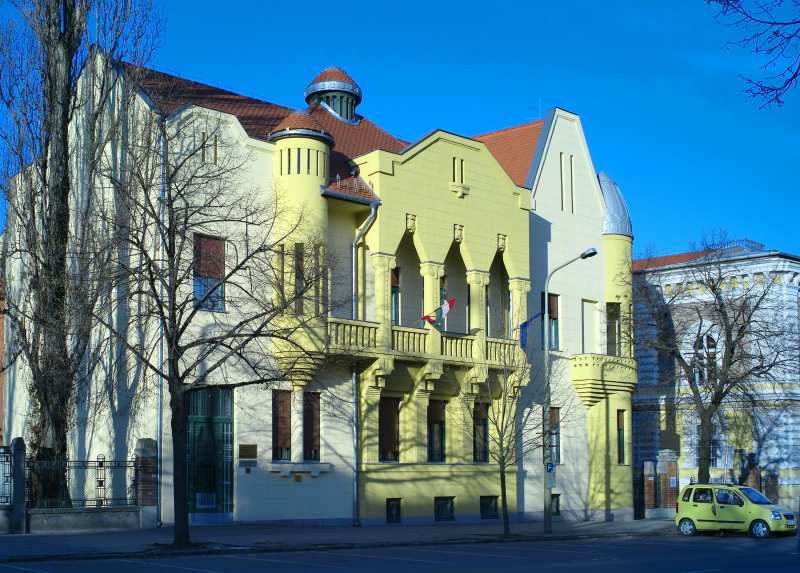
Owing to the playfulness, extravagant animation and asymmetry of the facade, this beautifully renovated building is a unique example of the geometric Art Nouveau.
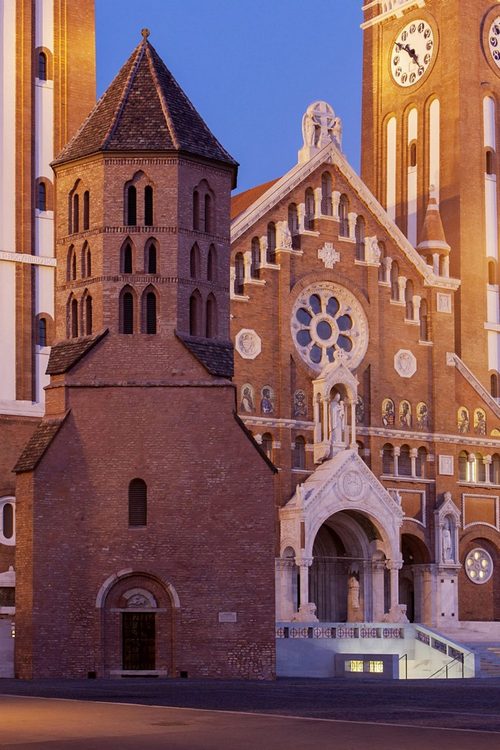
Outside the Votive church stands the Saint Demetrius Tower, the oldest architectural relic of the city.
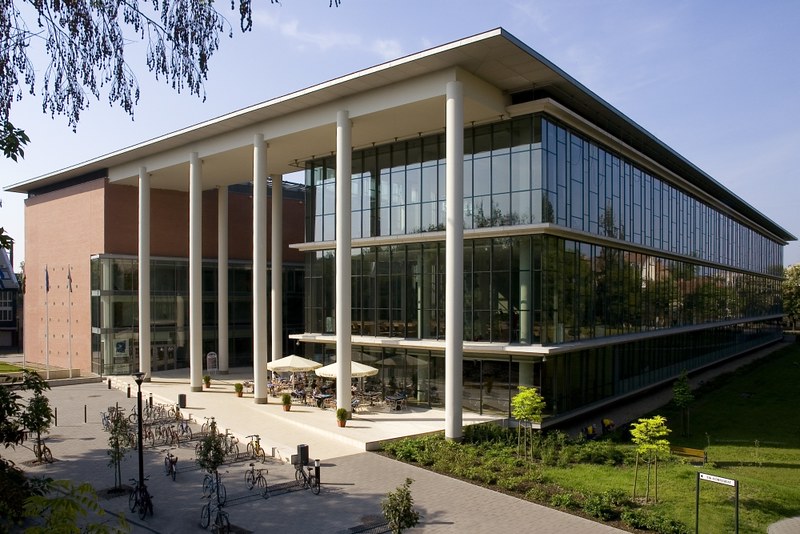
The education and congress centre of the University of Szeged.
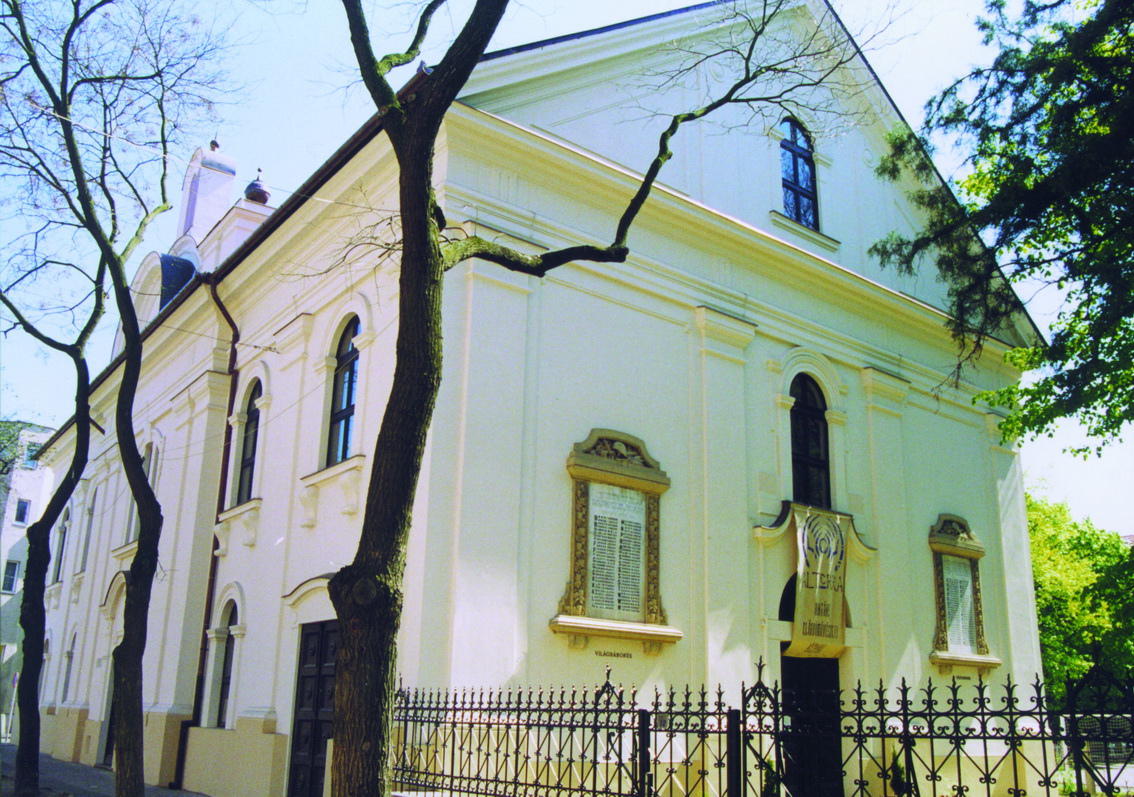
The nicely preserved monument built between 1837 and 843 was created by the Lipovszky brothers, Henrik and József.

This corner building dominantly shaping the cityscape is a masterpiece of the late Art Nouveau in Szeged. Its capriciously animated facades can be attributed to the architect’s imagination forced to distance himself from Art Nouveau and to the designer’s sober intuition under the pressure to return to Eclecticism.
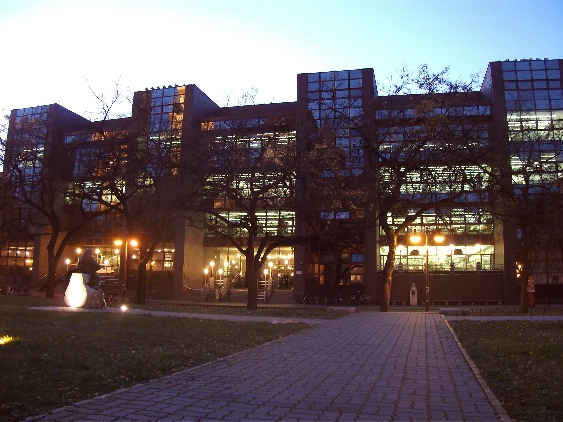
In the 130 years since its founding, the library’s collection has grown significantly, exceeding one million documents.
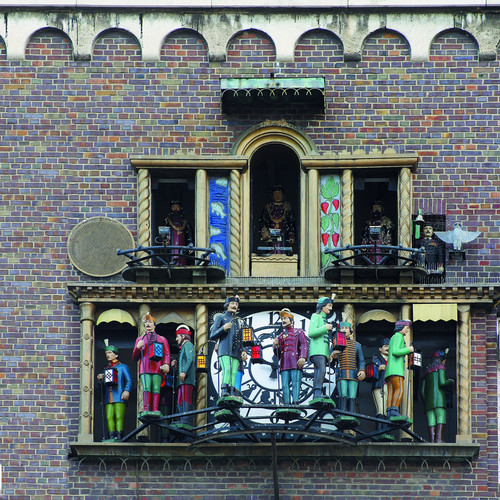
The tunes of this unique piece of art by watchmaker Ferenc Csúri could be first heard at the Open Air Festival in 1936.

“Love your neighbour as yourself.” The biblical commandment can be read in Hebrew and Hungarian on the triumphal arch of the New Synagogue built in 1903. The use of the…
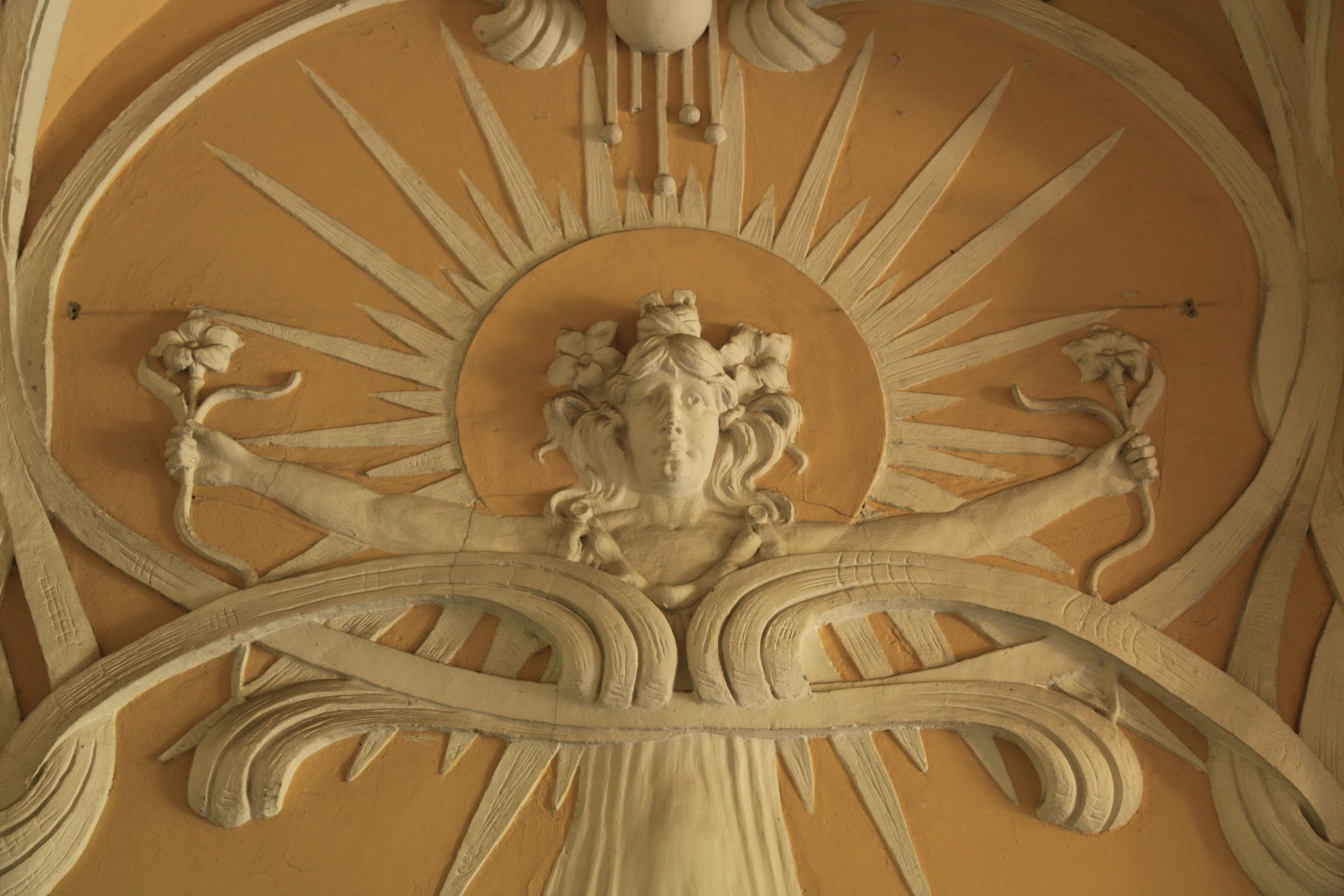
Today nobody would think that this undistinctive and characterless apartment house once was one of the most remarkable buildings of the Szeged Art Nouveau.
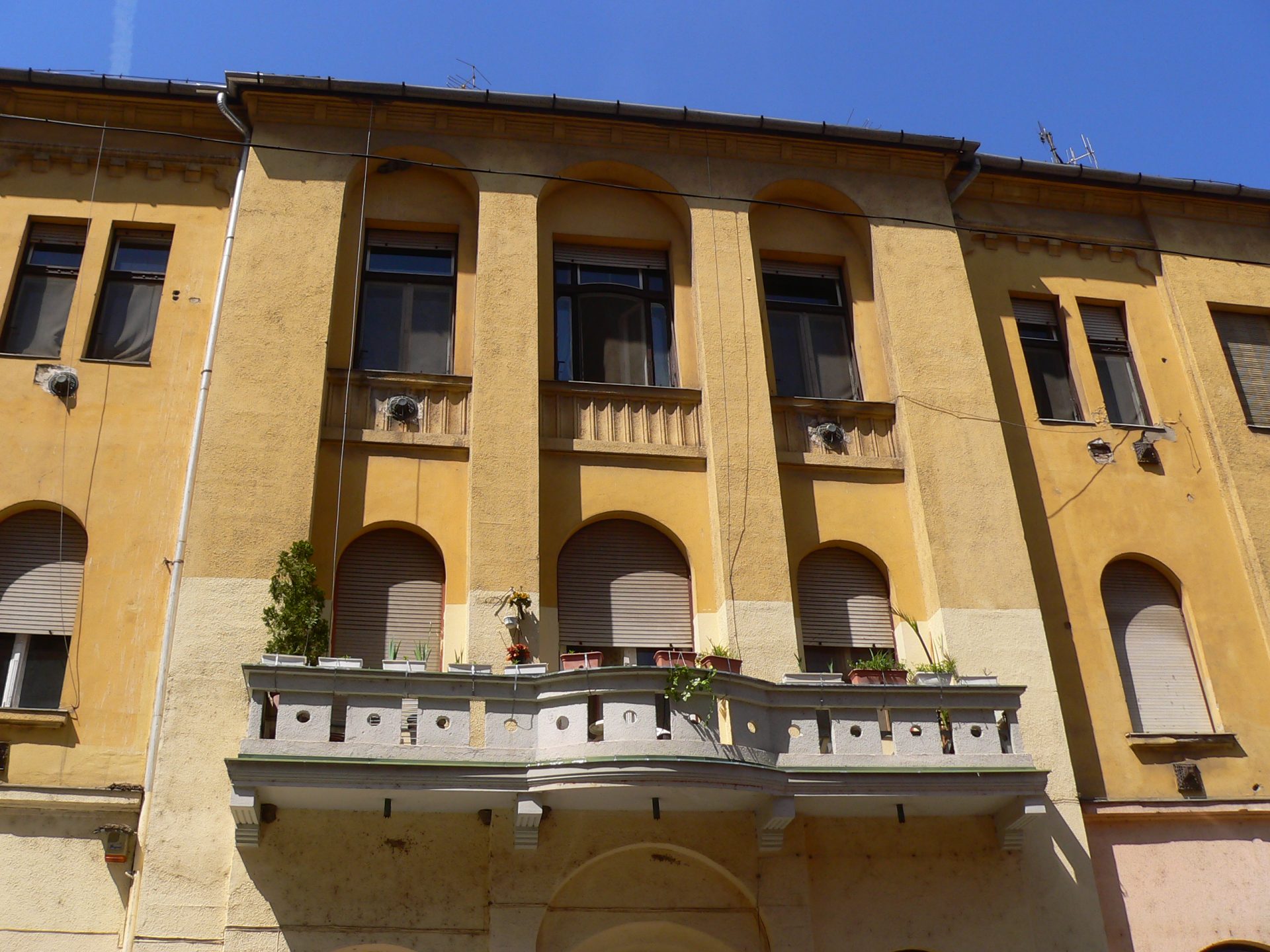
The current sight of the Schäffer Palace confronts us indeed with how much Szeged’s cityscape lost when in the 1920s, the house owners, complaining about the costly maintenance, almost totally…
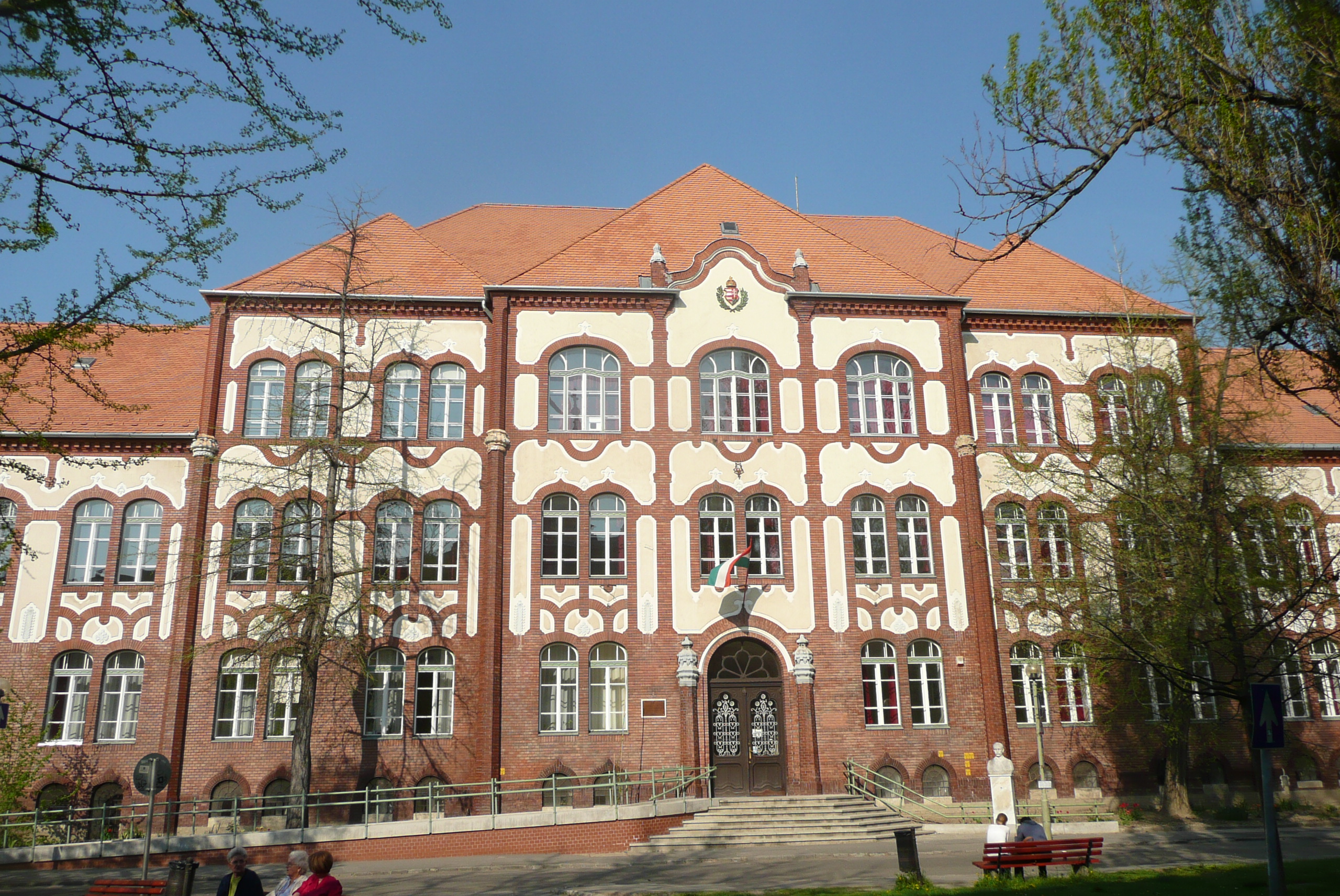
It is a late Art Nouveau, 2-storey building in whose facade, formed as an arched ridge, the stylish and moderate application of brick-facing and striped ornaments deserves our attention.
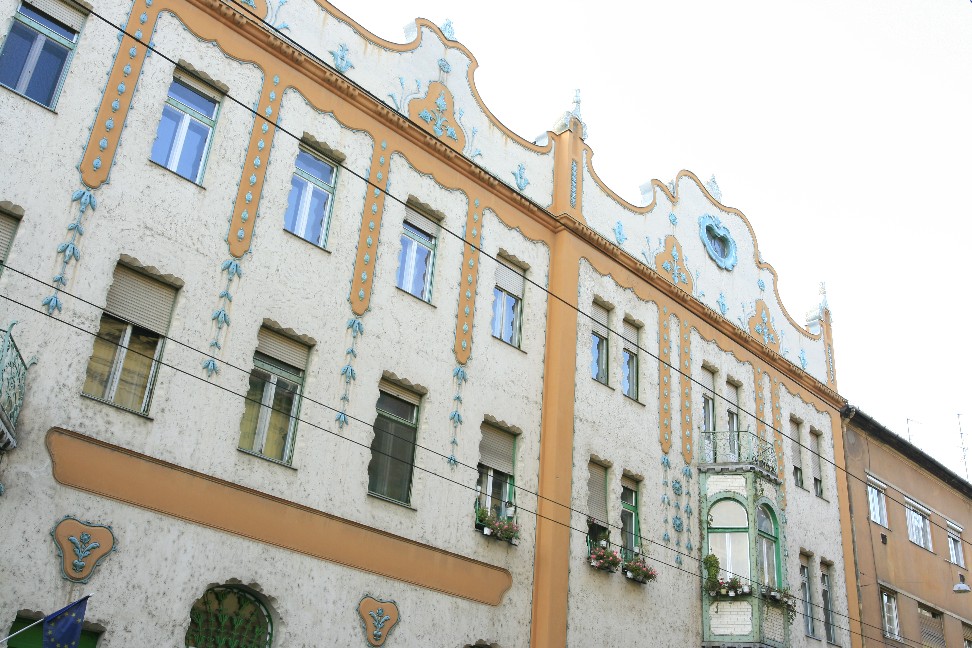
It was designed by Mihály Erdélyi with majolica ornaments in green, blue and orange and built between 1900 and 1902.

After the Great Flood (1879) destroying the city, the people of Szeged made an oath to build a majestic catholic church.
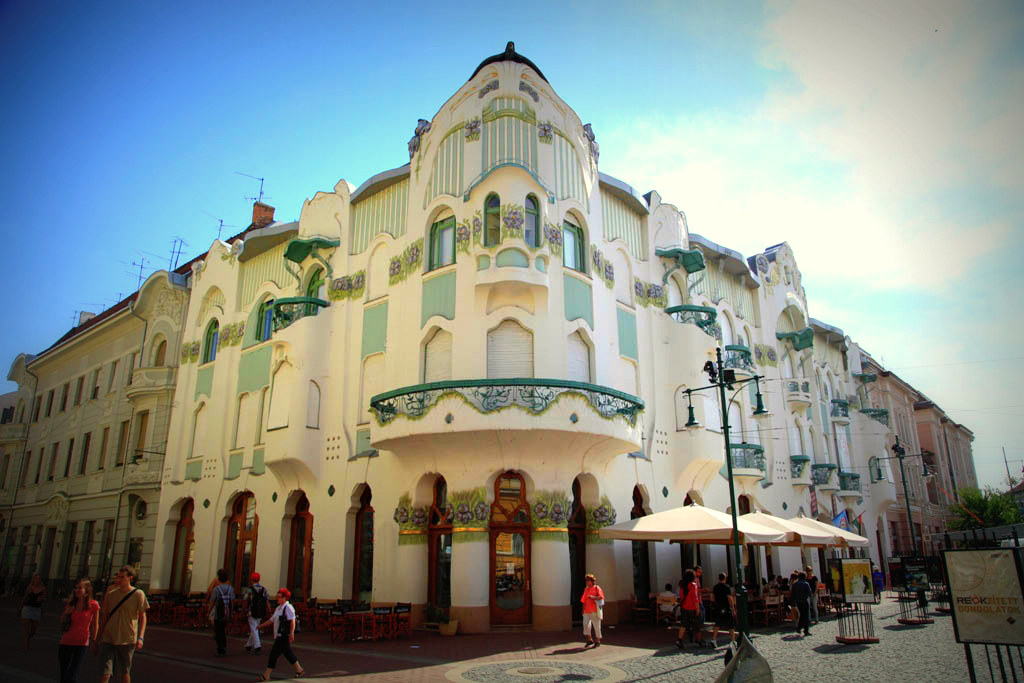
The architect Ede Magyar was thirty in 1907, when he constructed Reök Palace, an exemplary piece of Hungarian secession.
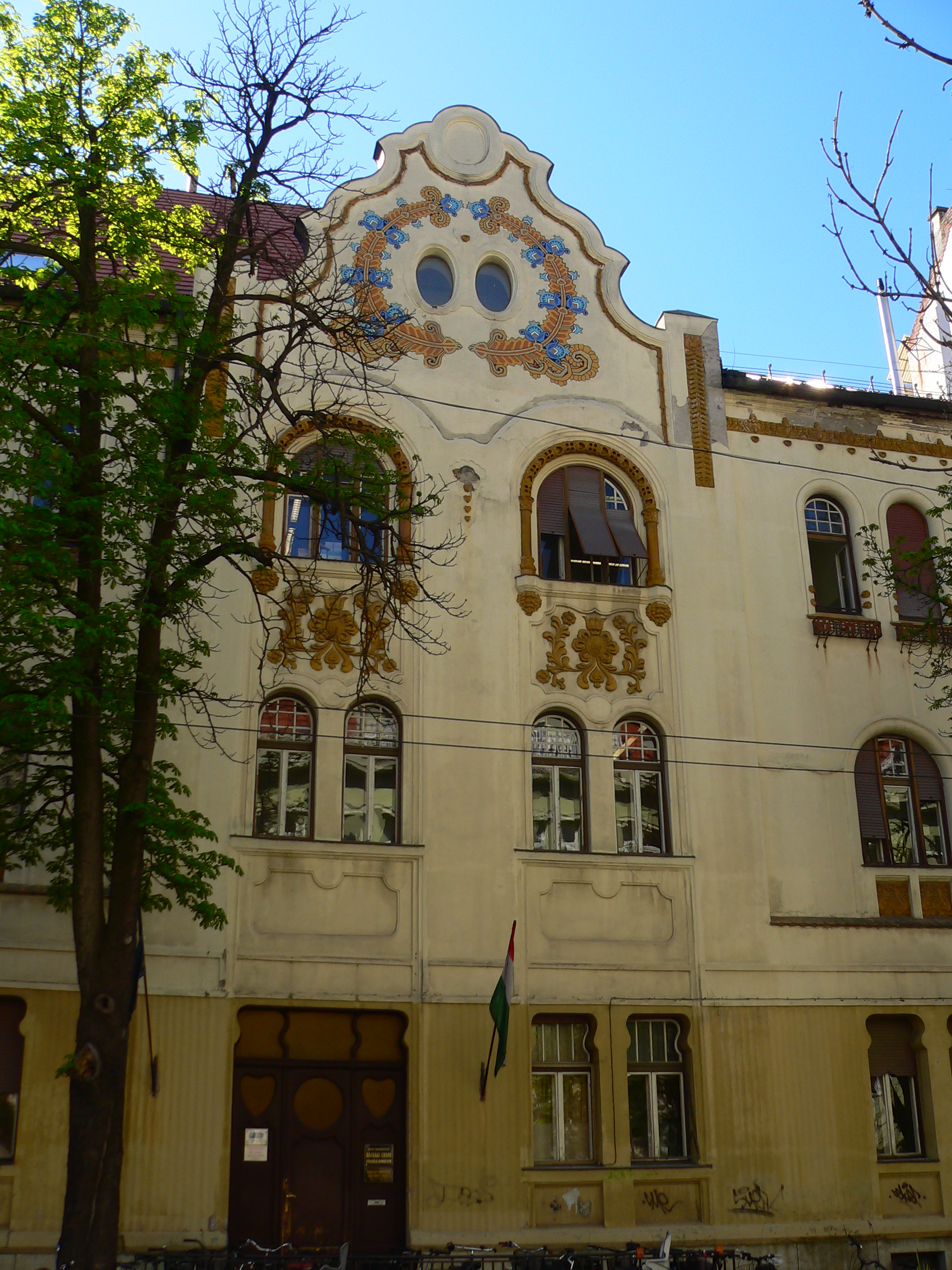
The architect’s palace in Szeged is larger and more imposingly executed, yet it is more modest in comparison with its counterpart in Subotica, failing to reach its outstanding unity of style and the elaboration of its details.
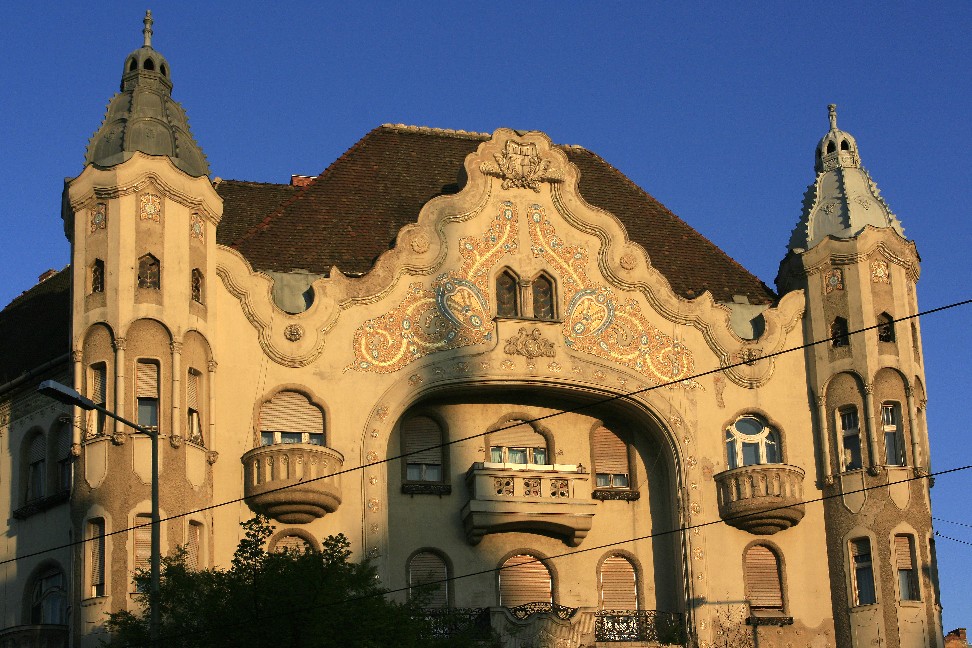
It is a determinant building on Tisza Lajos Boulevard being the biggest protected monument built in secession style in Szeged.
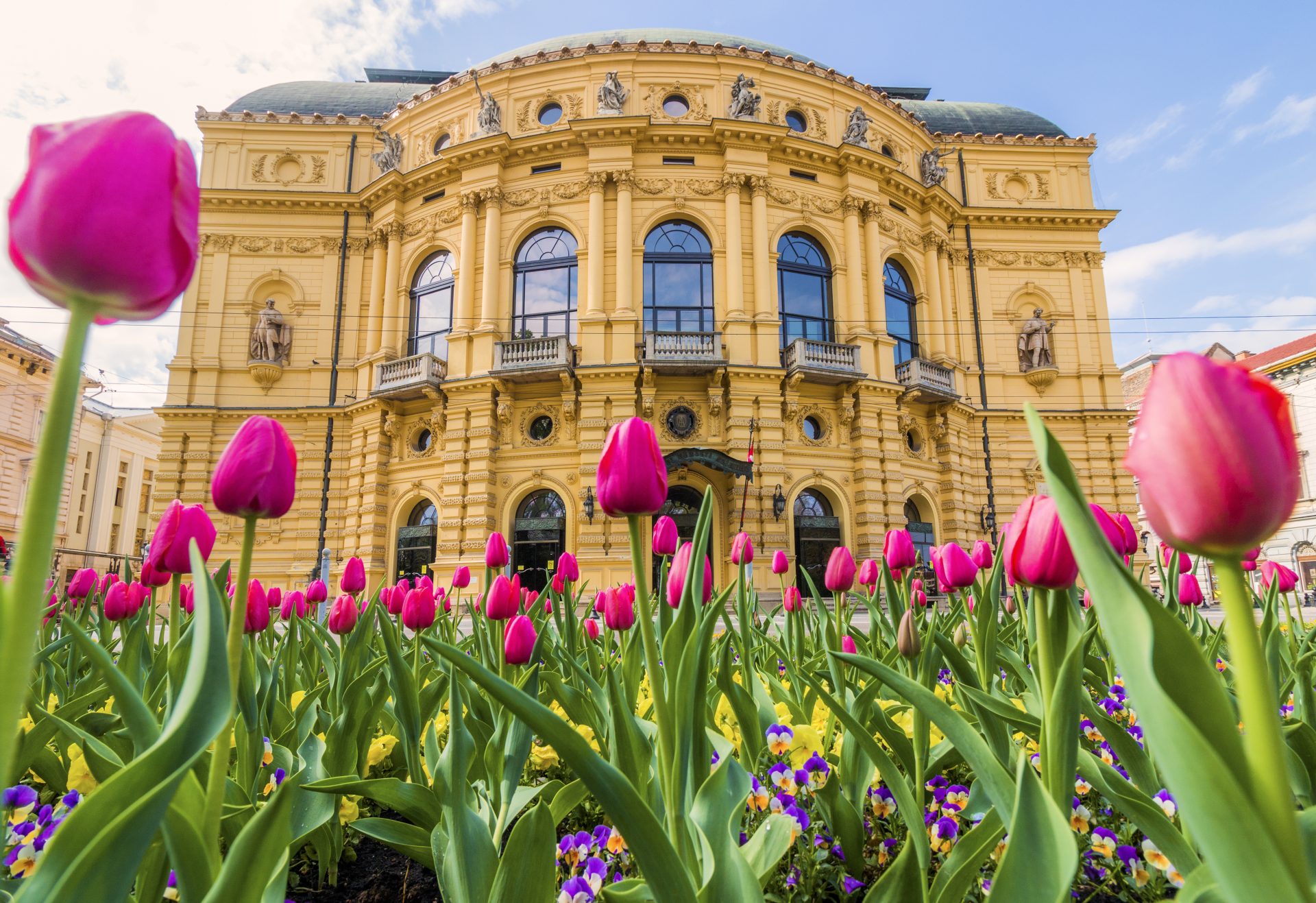
The theatre opened in 1883 is one of the most beautiful eclectic neo-baroque buildings of the town rebuilt from its ruins
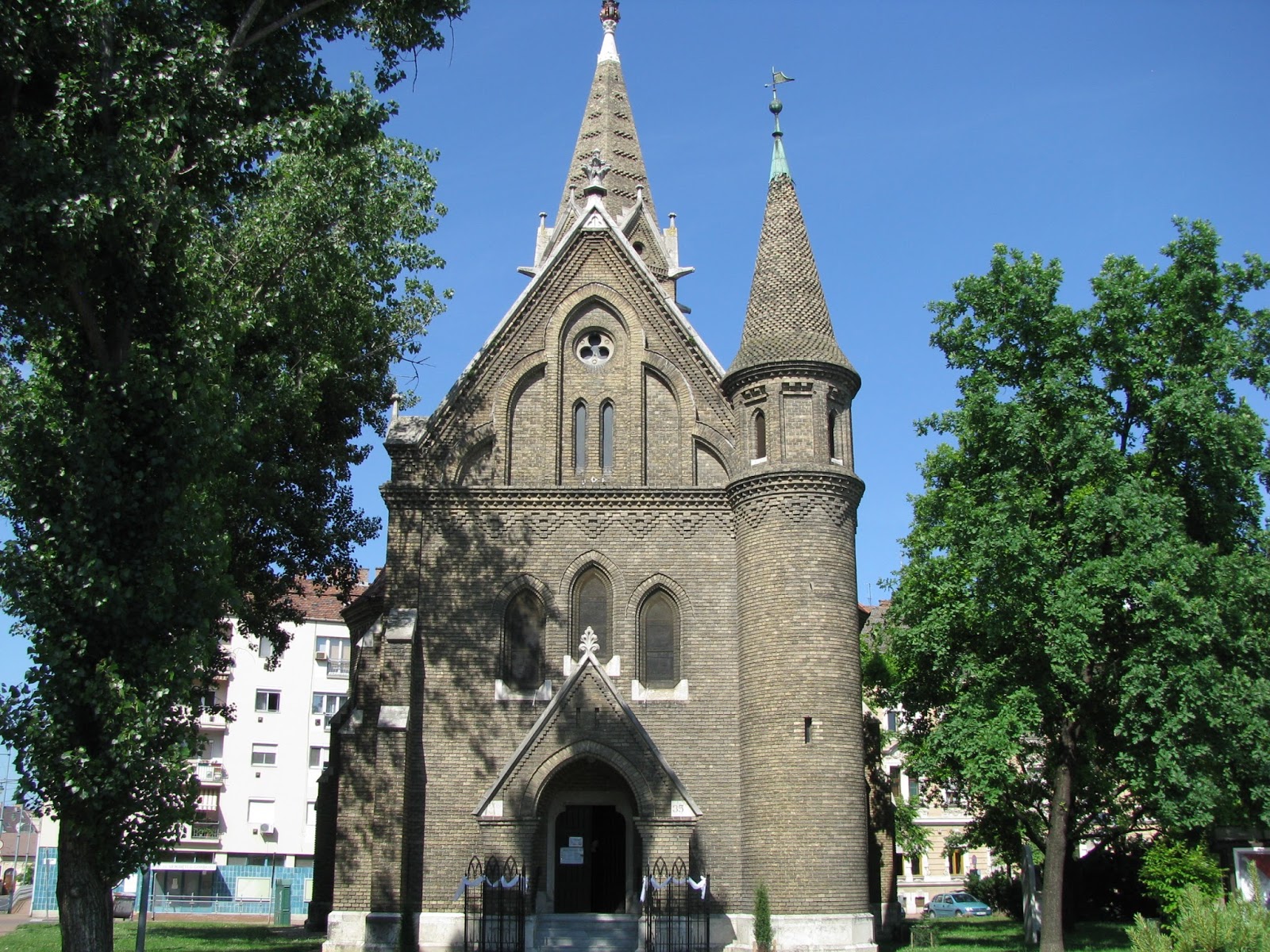
The building designed by Frigyes Schulek, completed in 1884, is also called the ‘Cockerel church’ owing to the figure decorating its tower.
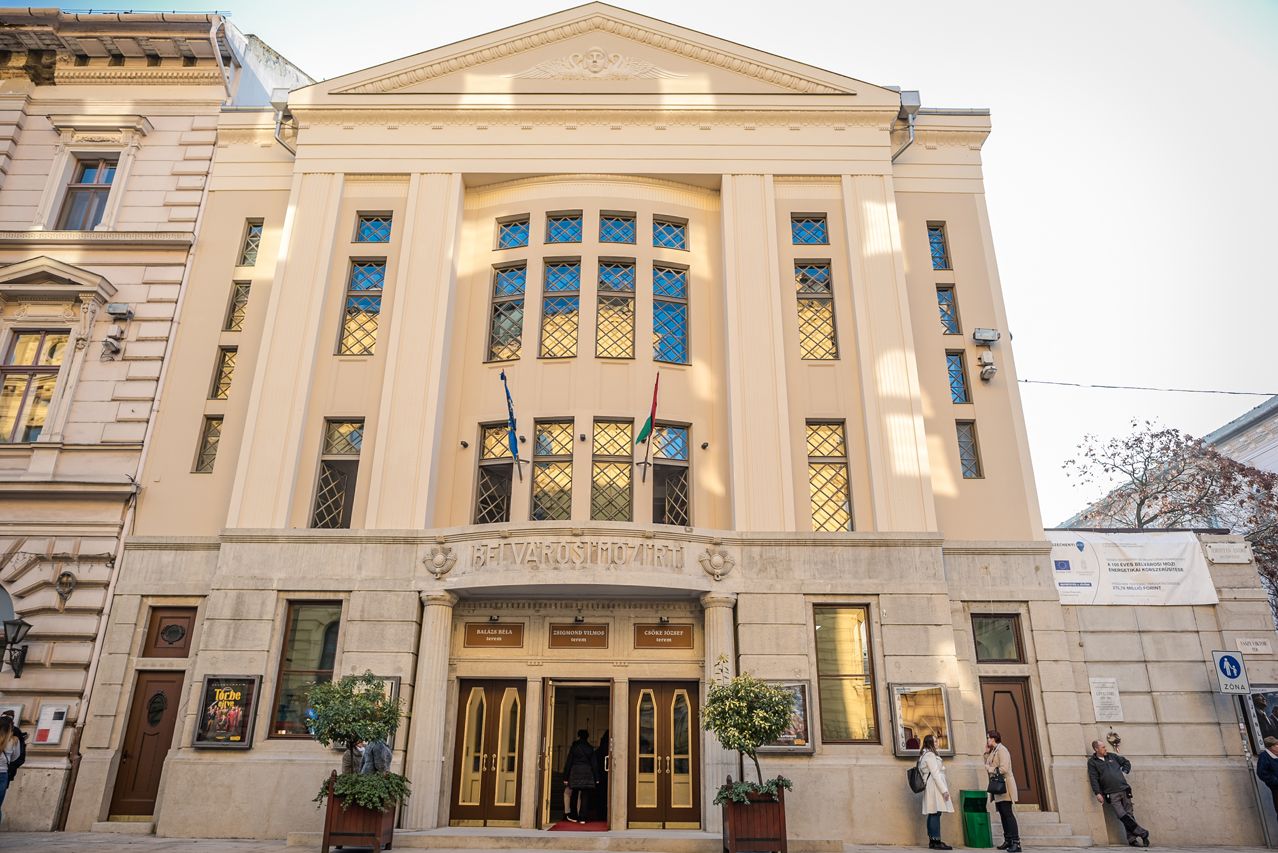
The Art Deco building of the Belvárosi Cinema was built in 1920 according to the plans of the architect Endre Sebestyén.
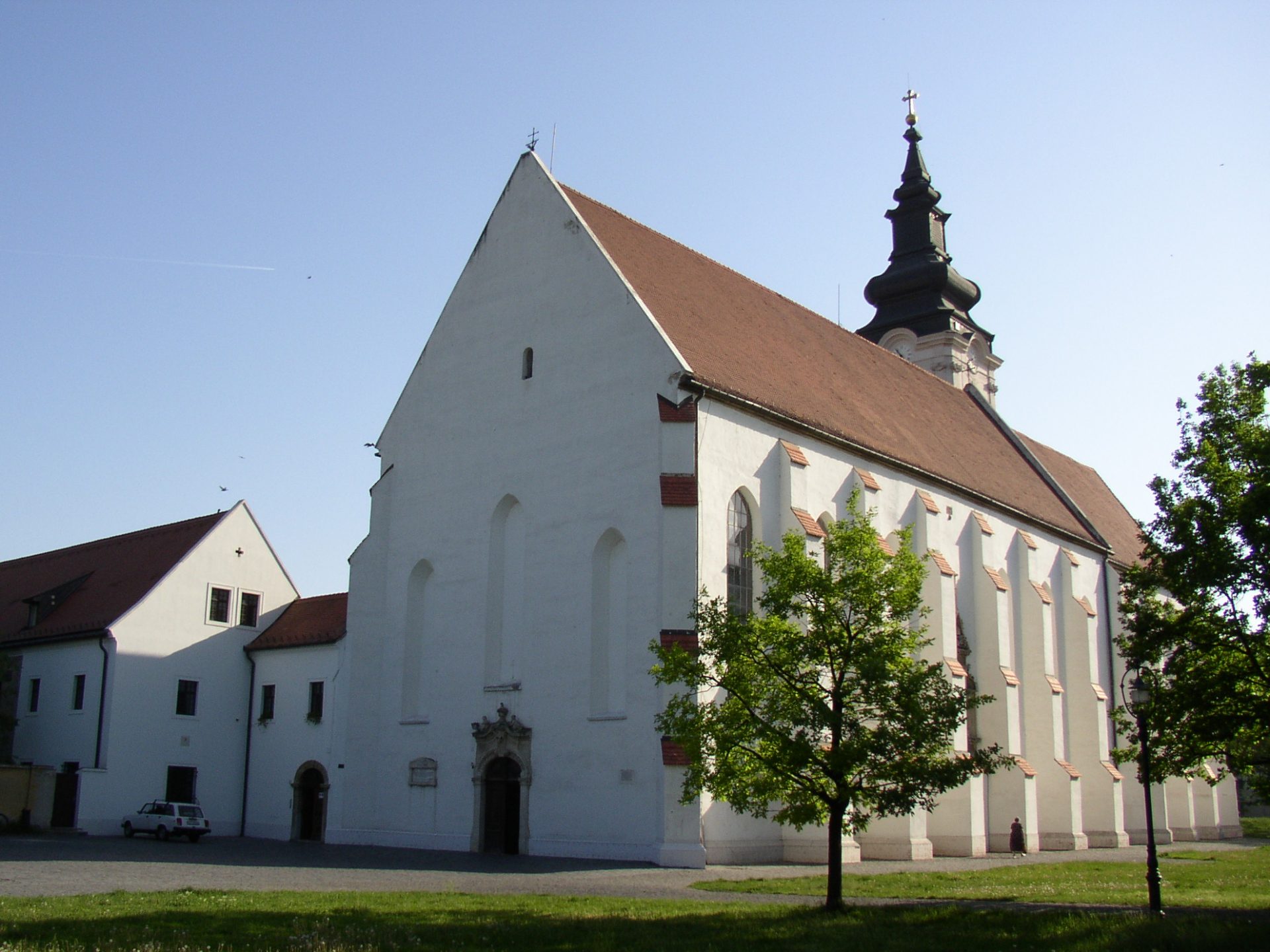
The Franciscan church dedicated to Our Lady of the Snows and the cloister nearby are precious architectural heritages of Szeged.
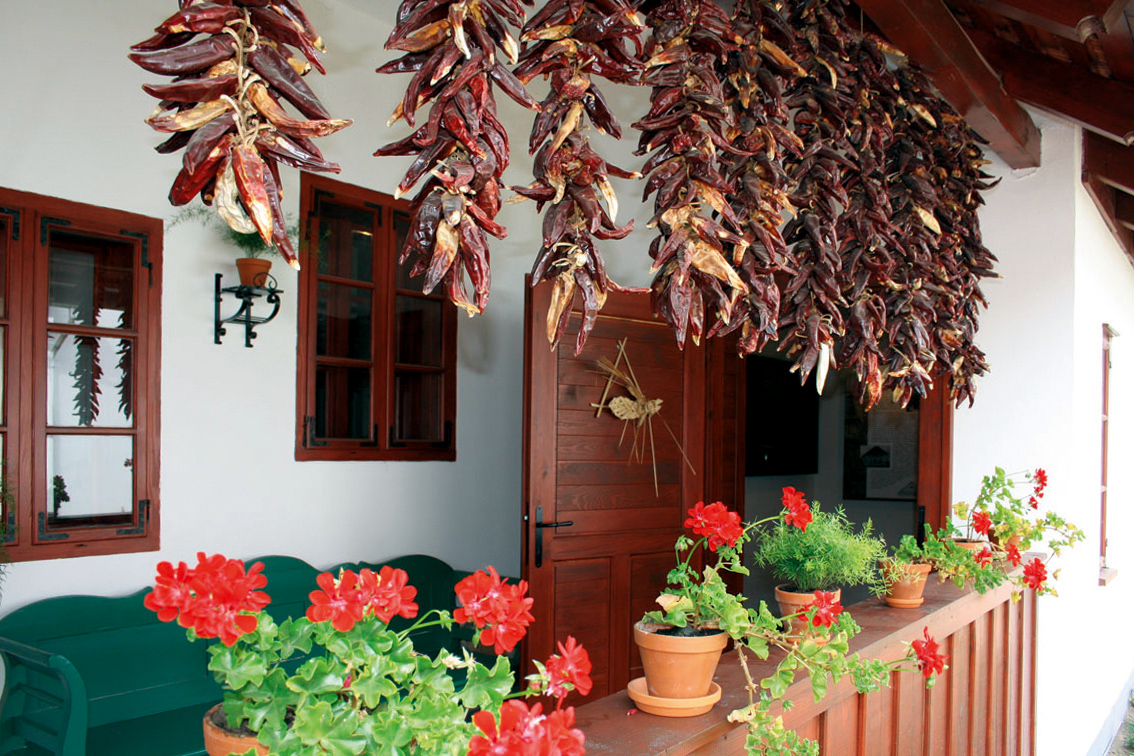
The God’s Eye motive of the main altar in the Alsóvárosi Church (Lower Town Church), the radial lines, became recognizable ornaments of the houses in lower town.
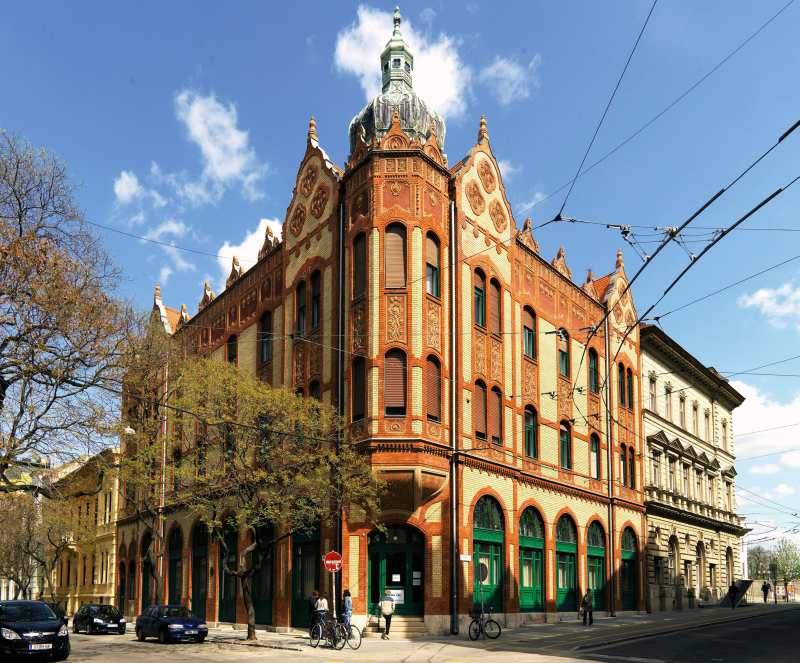
The Beregi House is one of the gems in the splendid row of palaces of the Szeged’s cityscape, which primarily is an extraordinary example of the brick architecture and Art Nouveau architectural school.

The Serbian Orthodox Church stands on the northern side of the square, close to the bank of the River Tisza.
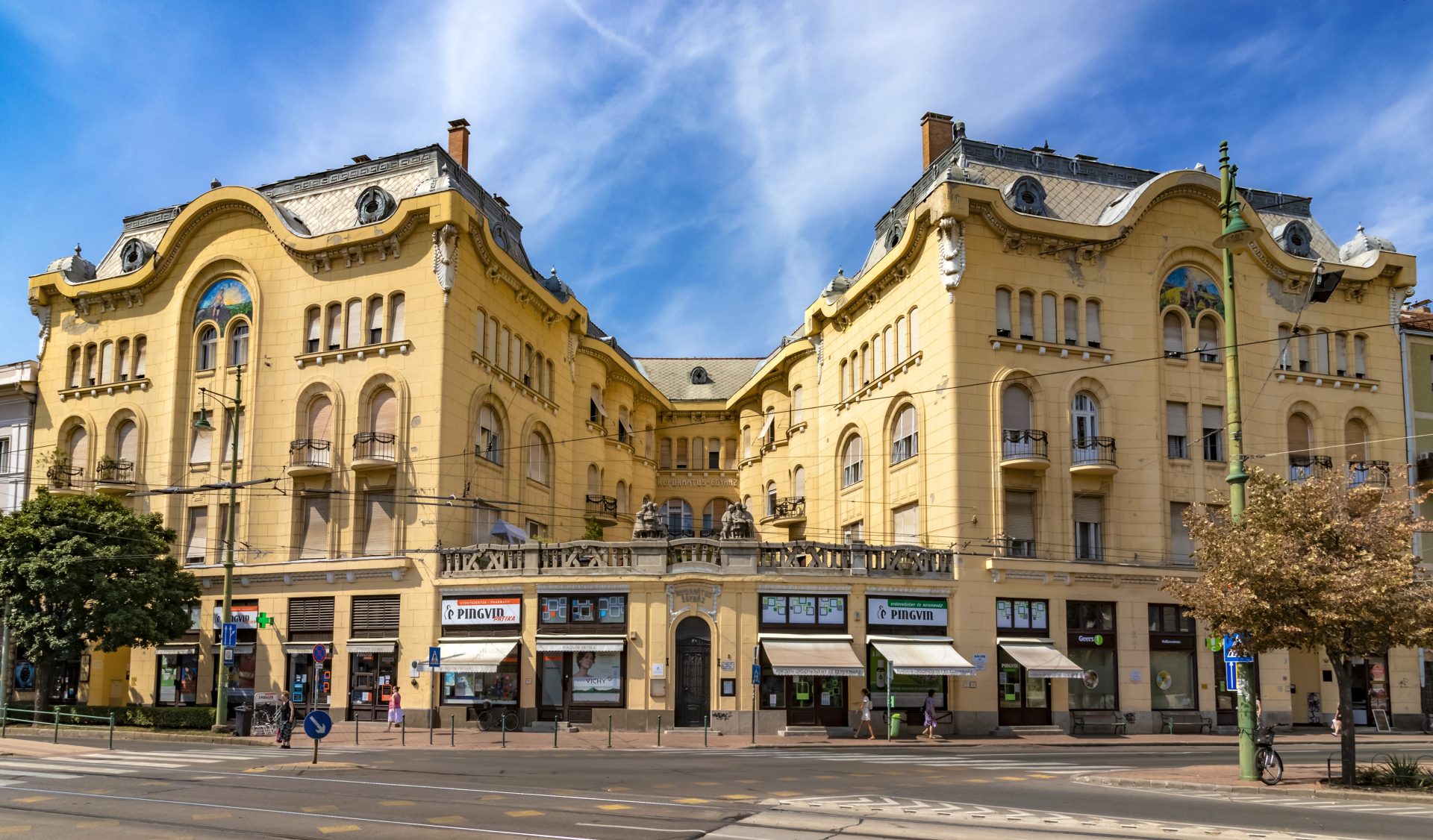
he palace attracts our attention mainly owing to its position in the cityscape and of course, to its spectacular facade as well as to its unusual siting.
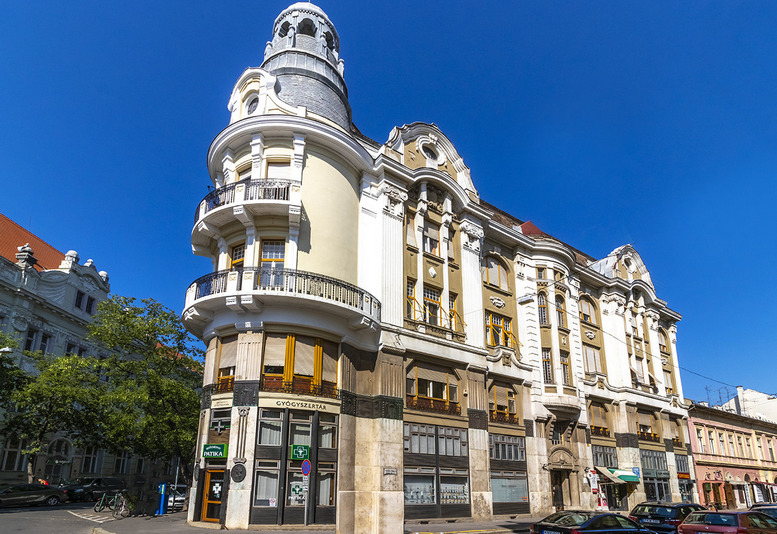
The Iron House was given its name after its spectacular shape. Looking from a distance at its facade sectioned by the strikingly marvellous, masterly executed corner pinnacle, ledges and bay windows, we may suppose that it is a historic monument.

The present City Hall is the third building in the same place with the same function. The first building of a modest design was raised in 1728. It was followed by the second one with the same area as the present hall, designed by István Vedres at the turn of the 18th and 19th centuries.
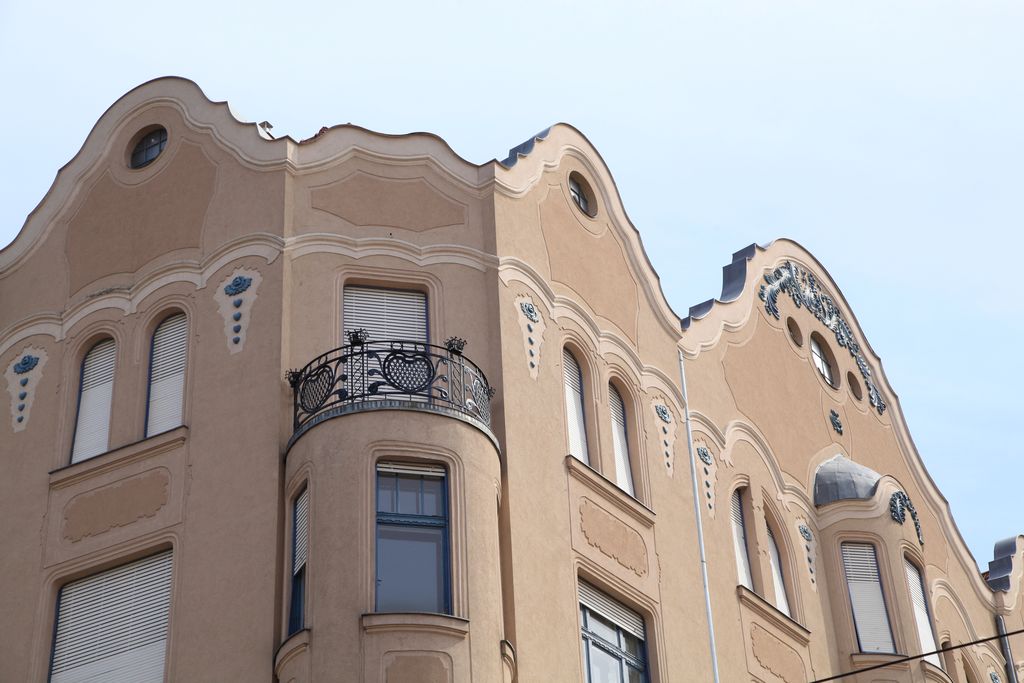
The secessionist style, four-storey historic building stands on the southern side of Saint Steven Square.
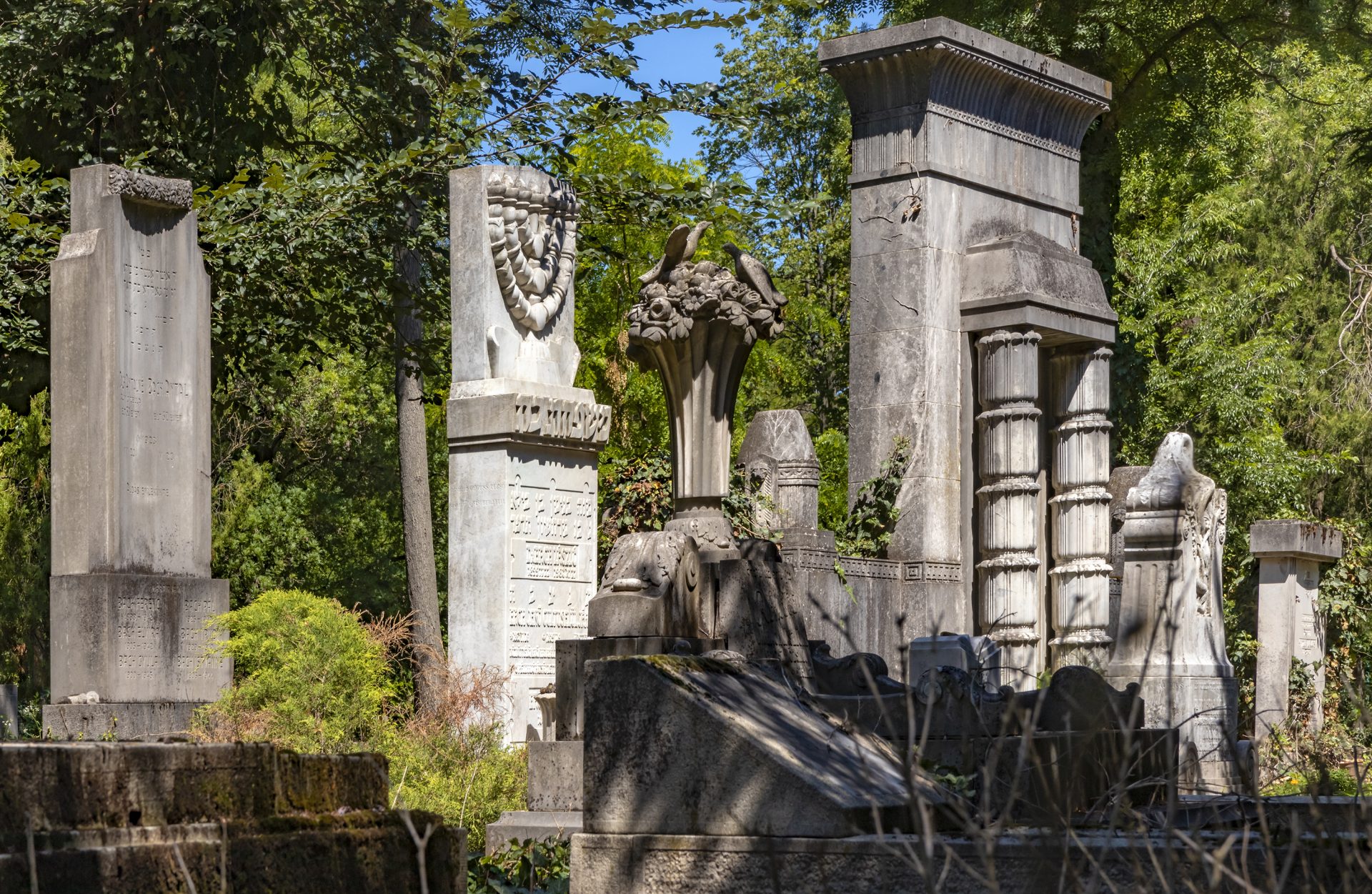
The Jewish cemetery in Szeged is a special place of the Jewish community that once lived here and still lives here today. Its history, gravestones and monuments reflect the culture,…
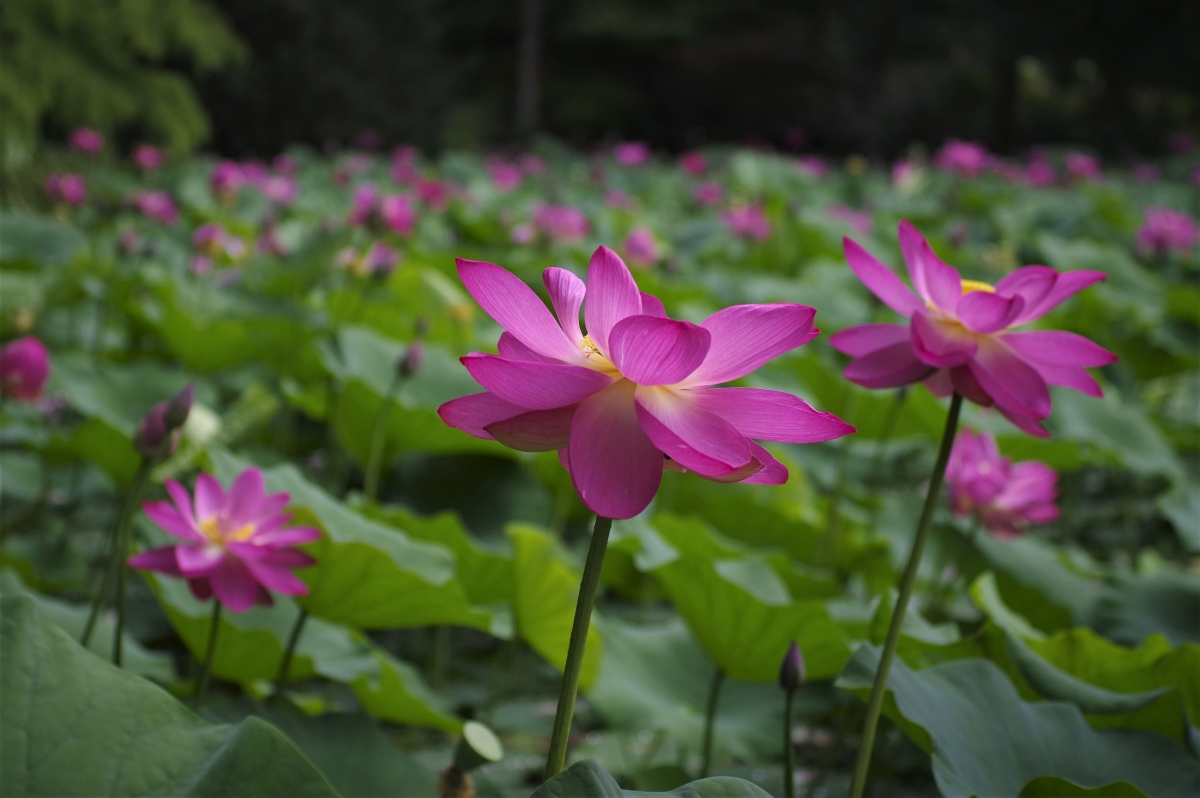
When the University of Kolozsvár moved to Szeged in 1922, the city donated a land of 20 kh to it to establish a botanical garden.